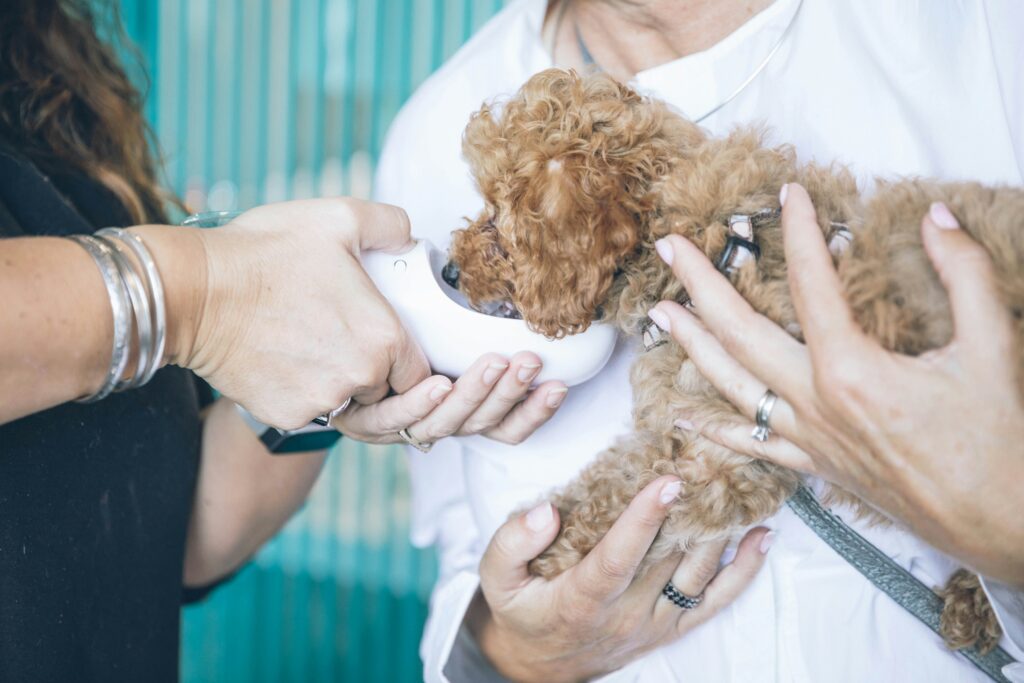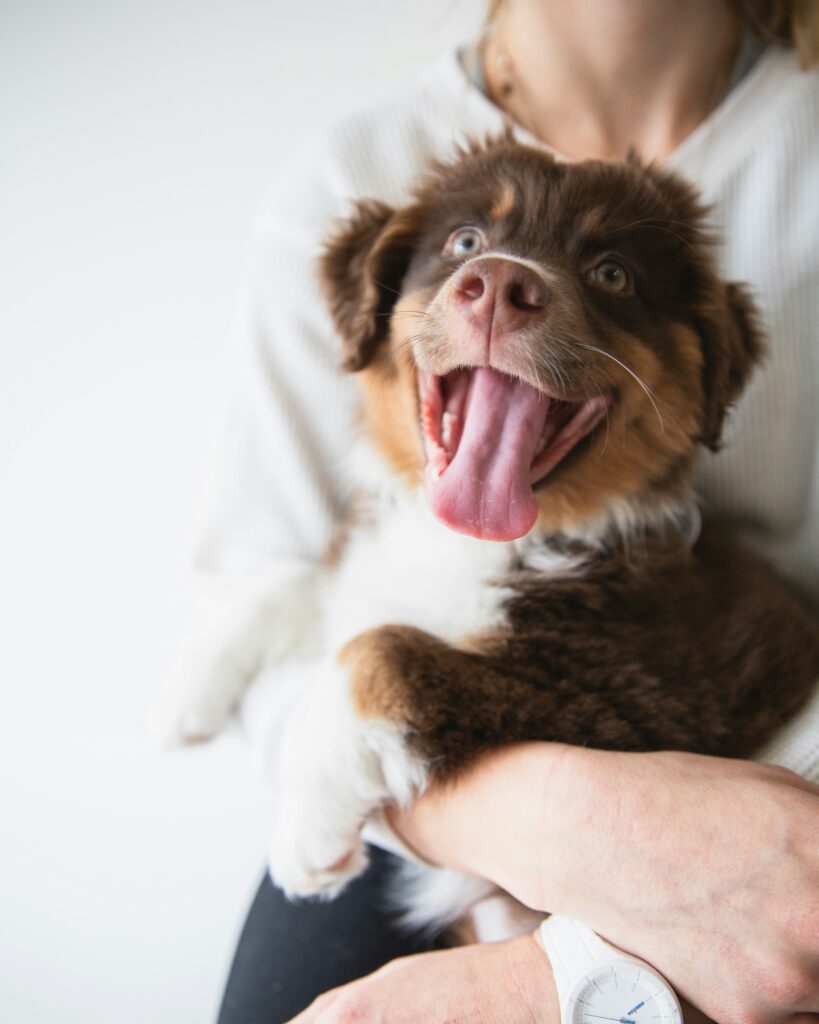How to Handle Cuts, Scrapes, and Wounds in Dogs
Dogs are active and curious by nature, which makes them prone to minor injuries like cuts, scrapes, and wounds. Knowing how to properly treat these injuries at home can prevent infections and promote faster healing. In this guide, we’ll walk you through first-aid steps for treating your dog’s wounds and knowing when professional veterinary care is necessary.
Assessing the Injury
Before you begin treating your dog’s wound, take a moment to evaluate the severity of the injury. Ask yourself the following questions:
- Is the wound deep or superficial?
- Is there excessive bleeding?
- Is there any debris, such as glass, wood, or dirt, in the wound?
- Is your dog in pain or showing signs of distress?
- Are there signs of infection (swelling, pus, foul odor)?
Superficial cuts and scrapes can typically be treated at home, while deep or infected wounds require veterinary attention.
Step-by-Step Guide to Treating Minor Wounds
1. Restrain Your Dog (If Necessary)
- A painful wound may cause your dog to react defensively.
- Have someone help hold your dog gently but securely.
- Use a muzzle or soft cloth if your dog is prone to snapping.
2. Stop the Bleeding
- Apply firm pressure to the wound with a clean cloth or sterile gauze.
- If bleeding doesn’t stop within 5-10 minutes, seek veterinary care immediately.
- Styptic powder or cornstarch can help stop minor bleeding, especially for nail injuries.
3. Clean the Wound
- Use warm water or a saline solution to flush out dirt and debris.
- Avoid using hydrogen peroxide or alcohol, as they can slow healing and cause irritation.
- If debris is embedded deeply, do not attempt to remove it yourself—take your dog to the vet.
4. Apply an Antiseptic
- Use a pet-safe antiseptic spray or antibiotic ointment (e.g., Neosporin without pain relief additives).
- Avoid ointments with corticosteroids unless prescribed by a vet.
5. Protect the Wound
- If the wound is in a location where your dog can lick or scratch it, use a bandage or an Elizabethan collar (cone).
- Change the bandage daily and keep the wound dry.
- Monitor for signs of infection, such as increased redness, swelling, discharge, or foul odor.
When to See a Veterinarian
Seek veterinary care if:
- The wound is deep or gaping.
- Bleeding does not stop after 10 minutes of pressure.
- There is excessive swelling, pus, or foul odor.
- The wound was caused by an animal bite (risk of infection and rabies exposure).
- Your dog is limping, lethargic, or showing signs of pain.
- A foreign object is embedded in the wound.
Preventing Future Injuries
While accidents happen, there are steps you can take to minimize your dog’s risk of cuts and scrapes:
- Regularly check your yard and walking areas for sharp objects.
- Keep your dog’s nails trimmed to prevent snagging and tearing.
- Supervise your dog during outdoor play, especially in wooded or rocky areas.
Final Thoughts
By knowing how to properly clean and care for your dog’s wounds, you can help prevent complications and promote a speedy recovery. Always keep a well-stocked first-aid kit on hand, and don’t hesitate to seek professional help when needed.



